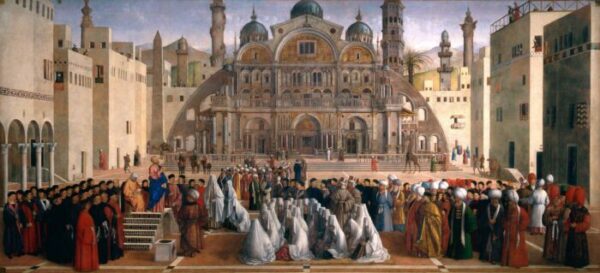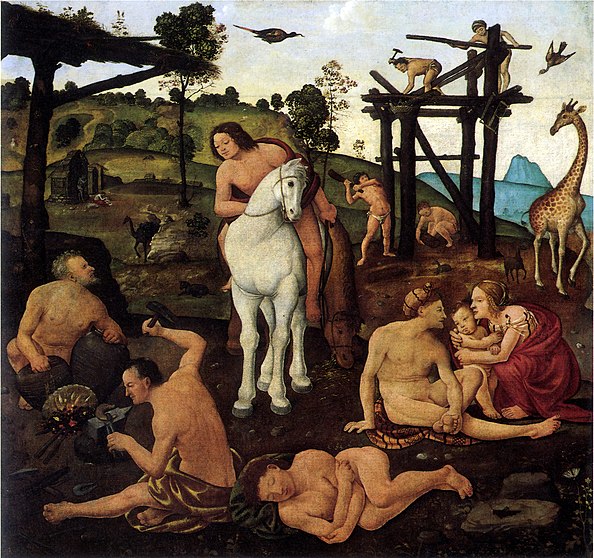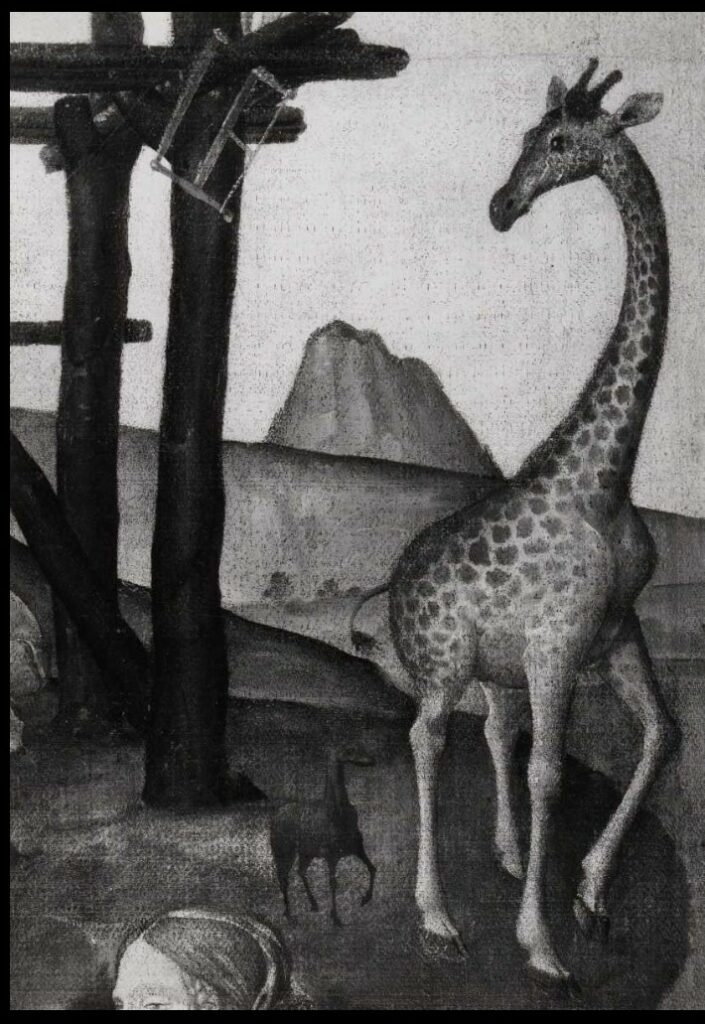The Gifts of Ambassadors
It is known that embassies arriving in Europe from the Near Middle-East or Africa brought marvelous gifts to European princes or sovereigns they visited, just as ambassadors from various European states, in turn, offered beautiful gifts, often upon specific request, to rulers outside of Europe.
Perhaps the most bizarre gift that arrived in Italy during the Renaissance was the one presented to Lorenzo De’ Medici. Wanting to win favor and honor the splendid Florentine Lord, according to sources, Mohamed Ibn al Mahfuz (also known as Malfoot), the ambassador of the Sultan of Egypt, gave Lorenzo il Magnifico a giraffe in 1487. Florence had never seen a giraffe before, and the Florentines were amazed by this extraordinary animal, even though it was small and young. Lorenzo had already shown the Florentines a giraffe mannequin a few years earlier during a grand entertainment, but this was the first time the population saw a living giraffe. For almost three hundred years, Lorenzo de’ Medici’s giraffe was probably the only one that reached Europe.
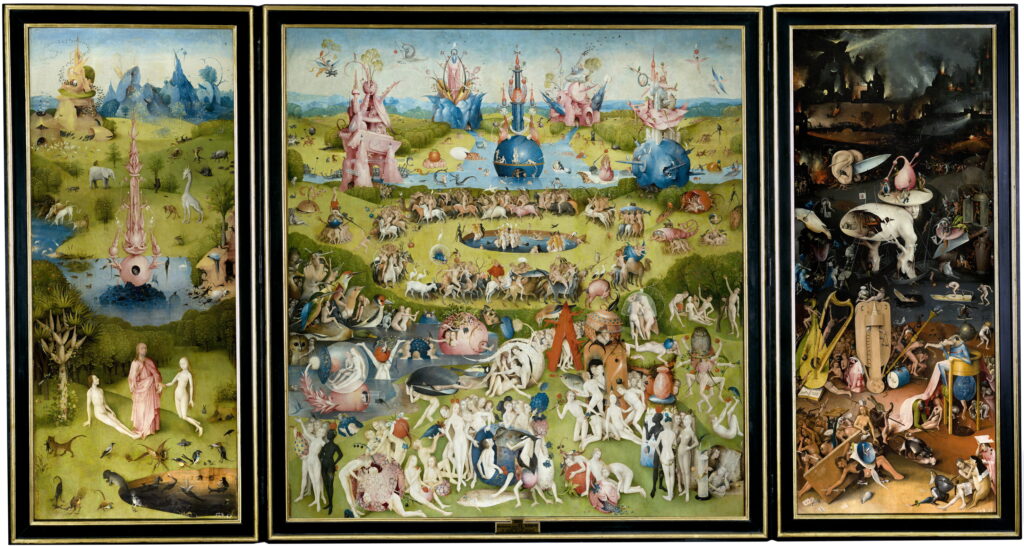
The ‘Cameleopard’ in Images: From Florentine Painters to Hieronymus Bosch
Thus, Lorenzo de’ Medici’s giraffe, or “cameleopard,” as it was called due to its resemblance to both a camel and a leopard with spots, appeared in some paintings, even decades after its public presentation and death. It was painted by Domenico Ghirlandaio, by Giorgio Vasari, who depicted the moment when the Magnificent Florentine Lord received the animal as a gift, about sixty years later. For Raffaele Botticini, the appearance of the giraffe was fitting as an extra in his Adoration of the Magi: an oriental scene provided a perfect backdrop for the exotic animal. In Andrea del Sarto’s Tribute to Caesar, the giraffe appropriately made an appearance and was also painted by Piero di Cosimo. Among the most beautiful representations of giraffes, the detailed one by the Veronese artist Jacopo Ligozzi, who served the Florentine Grand Duke from 1577, could not be missing.
It seems that the giraffe died tragically around 1489, only a few years after its arrival in Florence. Despite its short life, the Giraffa De’ Medici remains an example of how donations of exotic animals were used for diplomatic purposes and as objects of great interest during the Italian Renaissance.
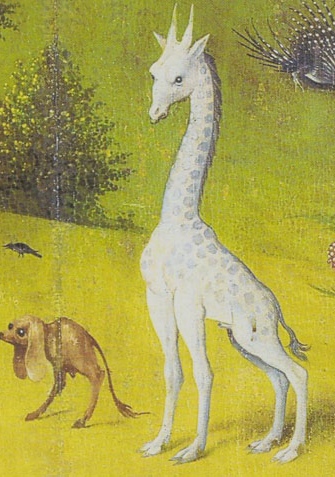

Hieronymus Bosch and the Venetian Painters
What connects Florentine painters to the Netherlands and Hieronymus Bosch?To this unique and imaginative painter and his contemporaries, Milan dedicated an exhibition Hieronymus Bosch, Another Renaissance, curated by Bernard Aikema (November 2022- March 2023, at Palazzo Reale).
Hieronimus Bosch must have seen one of these drawings depicting the giraffe. Indeed, the giraffe is in the background of the side panel with Adam and Eve from the Triptych of Delights, now at the Prado Museum in Madrid, is believed to be a copy of the Medici giraffe.
The visionary painter has a very sparse catalog, but three of his approximately twenty known paintings are in Venice, thanks to the refined and intelligent taste of the Venetian collector who brought them to the city, the Cardinal Grimani.



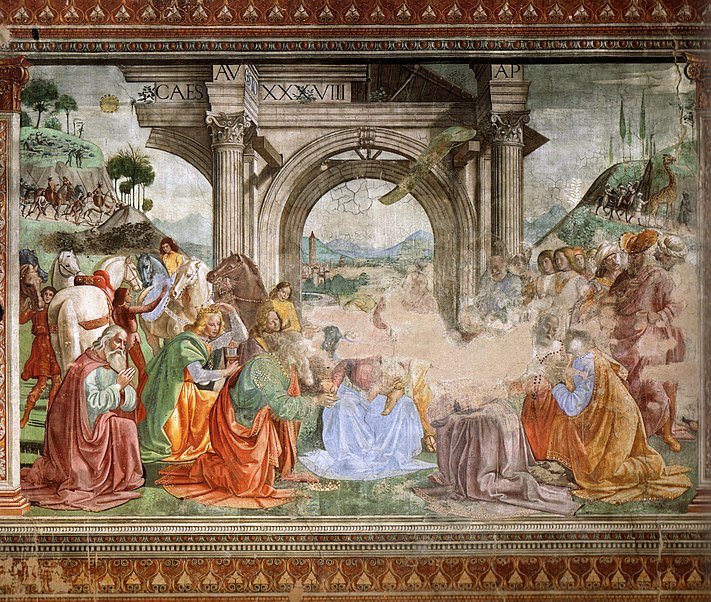
Adoration of the Shepards, Andrea del Sarto
Were the Venetian painters familiar with the giraffe?
Being native to Africa, the giraffe was not commonly known in Europe until explorations and trade with Africa led to increased awareness of exotic species, but Renaissance Venetian paintings often feature exotic elements.
So the Venetian painters also portrayed the giraffe. Gentile and Giovanni Bellini painted one, along with other exotic animals, in front of the dazzling church that strongly resembles the Basilica of San Marco, in the square where the Preaching of San Marco in Alexandria of Egypt takes place.
The enormous canvas (26 meters), which comes from the Scuola Grande di San Marco in Venice, is part of a cycle painted almost simultaneously with those of Vittore Carpaccio (you can find the link to my article Vittore Carpaccio in Venice, 1963 – 2023 here) and is located in one of the most beautiful rooms of the Pinacoteca di Brera, where visitors linger, aided by the presence of a comfortable sofa that invites a pause.
There is much to say about the painting, but for now, I’ll stop here and await you in Venice to discover together the Venetian painters, Hieronymus Bosch, and art in its most original aspects.
FIORELLA PAGOTTO — I am an art historian and a writer, author of essays on art history and biographies of artists. I also deal with the history of architecture and the history of architectural restoration. I have been a guide to the city of Venice and the Veneto villas since 2012, when I passed the Veneto Region exam.
Link to the Italian version
Venice, September 2024
@ Copyright holder 2024 All rights reserved. No part of this publication and pictures can be reproduced, stored in a retrieval system or transmitted in any form or by any means, electronic, mechanicanical or photocopying, recording, or otherwise without the prior permission of the publisher.
